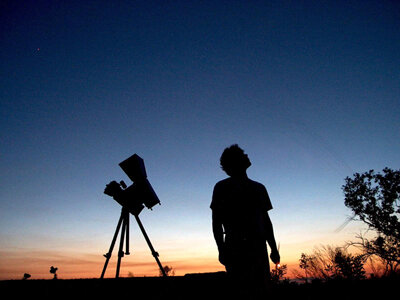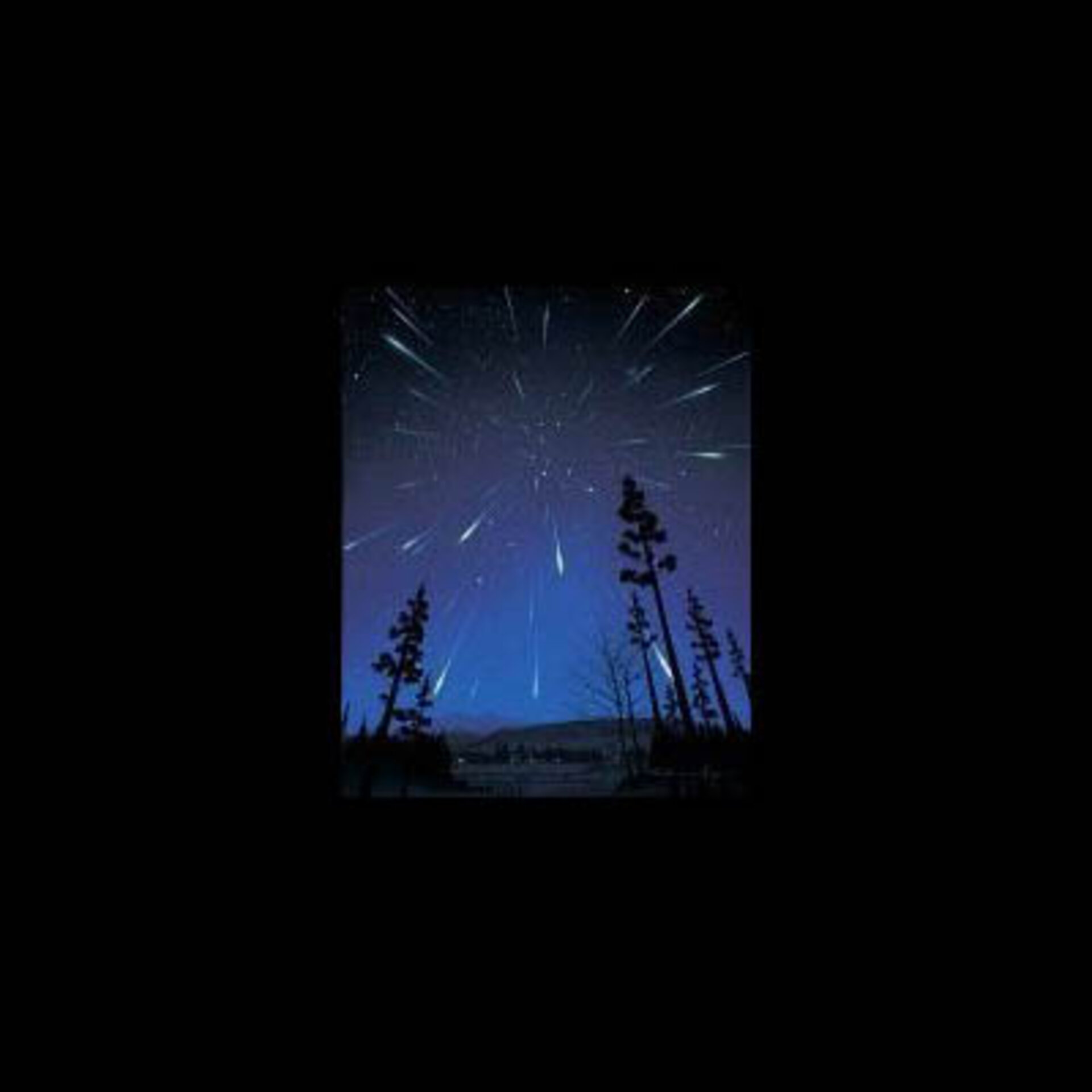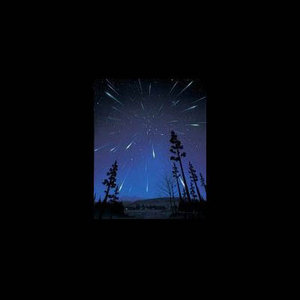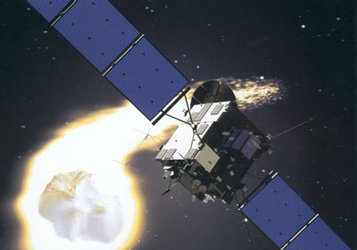Look out for the Leonids - times three!
Observers around the world will be watching the skies this week and next week to see this year’s Leonid meteor shower. But this year's Leonids will offer an interesting twist.
The Leonids have produced some truly spectacular displays. However, this will not be the meteor storm - defined as more than 1,000 shooting stars per hour - as seen in previous years. Experts predict that at most a meteor could flash across the sky every minute or two at peak times.
This year, there will be not just one shower, but three. The first arrives on 13 November and the last is on 19 November. Observers at nearly all locations on Earth will have a chance to see at least one of the showers.
The Leonids are caused by Comet Tempel-Tuttle, which sweeps through the inner Solar System every 33 years. Each time the comet passes close to the Sun, its icy surface melts and releases dusty debris in a dense trail. Most of these particles are smaller than sand grains.
This year Earth brushes though two dust trails from Tempel-Tuttle, and also through what is called ‘the filament’. The filament is a band of dust consisting of many dust trails over many centuries, all having spread together so that individual trails are no longer recognisable.
The dust trails spread out over time as each particle continues to orbit the Sun on a trajectory similar to the path of the parent comet. Small showers can result when Earth crosses a trail. Heavy meteor showers or storms become possible if the Earth goes straight through the centre of a fresh dust trail ejected by the comet over the past couple of centuries.
Leonids 2003 encounters

On 13 November at 17.17 UT (18.17 CET), Earth will pass within about 393 000 kilometres of a dust trail shed by Comet Tempel-Tuttle in the year 1499. In western Asia and Australia you might see 100 or more Leonids per hour, but unfortunately the Moon will also be shining brightly and could outshine many faint Leonid streaks.
On 19 November at 07.28 GMT (08.28 CET), Earth will sweep to within about 53 000 kilometres of a trail of dust ejected by Comet Tempel-Tuttle in 1533. Observers in North America and portions of South America will be in the best position to see possibly 30 Leonids per hour.
The best show for most observers will be when Earth passes though the filament, which could produce a shower of about 50 Leonids per hour and last about 24 hours, peaking at 05.25 GMT (06.25 CET) on 19 November, visible across western Europe and western Africa.
Comet-chasing with ESA in 2004

Early in 2004, ESA will launch one of the most challenging space missions ever attempted: Rosetta. Rosetta's task is to study comets, which are the source of the dust we see in meteor showers such as the Leonids.
Comets are considered to be the primitive building blocks of the Solar System, and studying them will help us to understand if life on Earth began with the help of 'comet seeding'.
Many of the complex navigation and landing manoeuvres need to take place automatically with absolutely no room for error. The complications of sending a small spacecraft halfway across the Solar System and landing on a small comet are immense.
If successful, Rosetta will achieve many historic firsts. It will be the first spacecraft to orbit a comet's nucleus, allowing its instruments to follow the development of the active areas that eject the meteoritic dust into space.
As the first to fly alongside a comet heading towards the inner Solar System, Rosetta will examine at close range how a frozen comet is transformed by the warmth of the Sun - monitoring the changes in the dust activity. Finally, the Rosetta lander will make the first controlled touchdown, or ‘soft’ landing, on a comet nucleus.








